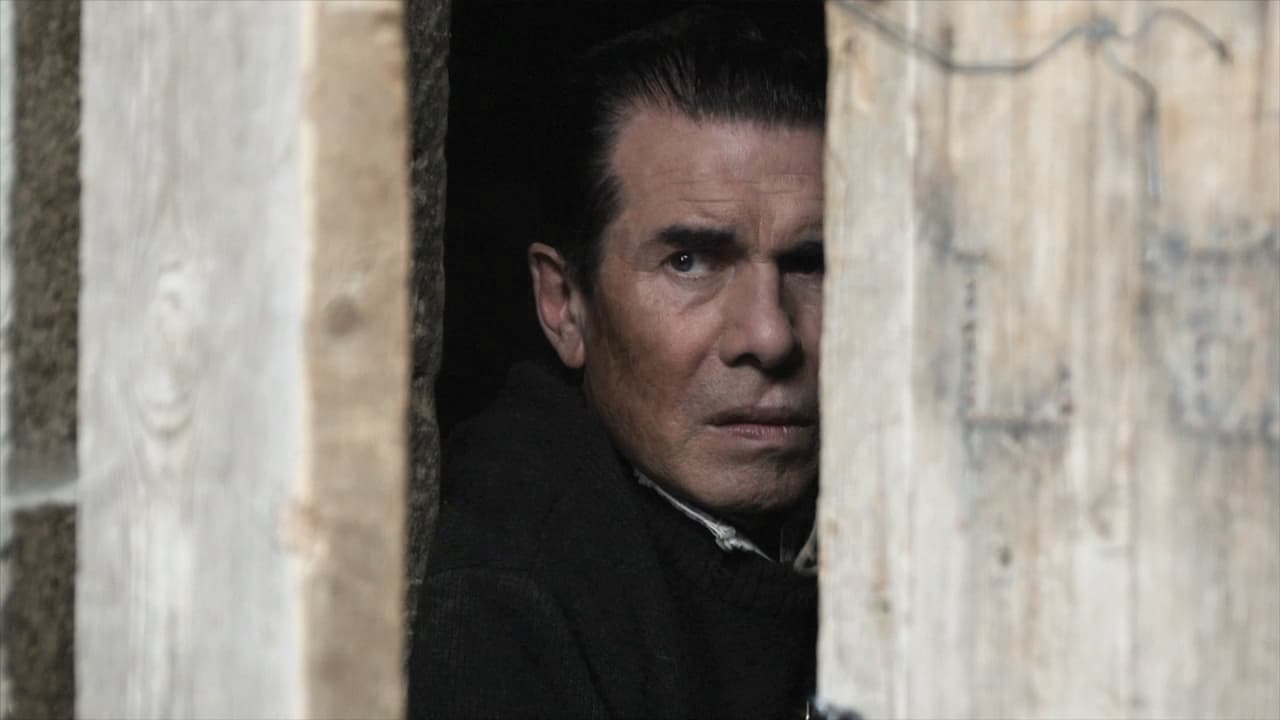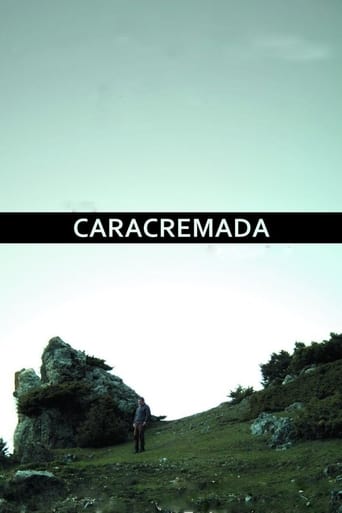



Clever, believable, and super fun to watch. It totally has replay value.
View MoreI wanted to like it more than I actually did... But much of the humor totally escaped me and I walked out only mildly impressed.
View MoreThis is a must-see and one of the best documentaries - and films - of this year.
View MoreAn old-fashioned movie made with new-fashioned finesse.
View MoreMy big hobby is all about cinema about movies, I normally watch a NEW movie every night. I don't consider an expert, because I am not, but at least I can play in "amateur mode" with this subject.I read the real history about Caracremada before watching the movie, and when I saw what I saw (after 60 minutes approx.) I just couldn't watch more, it was too much.The story (HISTORY) has been modified and has become a political thing. You can feel, it only matches with the dark "Catalan Nationalism". In fact, after realising this issue I investigate who paid for this movie, who was the person behind, the company...surprise!! it was TV3. Apparently, this channel is the one subsidise by "Catalan Nationalism".Anyway, the movie is so bad, you will be mad if you managed to stay 90 minutes in front of the screen/TV. This movie should be used by the police to get information from terrorists or something, I am sure the torture will be brutal.This is probably the worst movie of 2010, no doubt.
View MoreNicknamed "Caracremada" ("burnt face" in his native Catalan) because of facial burn scars acquired in his youth, Ramon Vila Capdevila (1908-1963) was a life-long anarchist militant. First imprisoned in his twenties after participating in a workers' uprising, he was an active fighter against Francoism during the 1936-1939 Civil War, eventually becoming a commandant in the Republic's Carabinero Corps. Exiled in France following Franco's victory, Vila participated in the resistance to the Nazi occupation, then returned to Spain at the end of WWII as an anti-Franco guerrilla. As an explosives expert, Vila's specialty was blowing up economic targets: electric power stations, high-tension transmission towers, railway bridges etc.When the anarchist headquarters-in-exile in France ordered a halt to its Spanish guerrilla operations in the early 1950s, Vila disregarded those orders and continued his struggle. It would have been interesting to know exactly what sort of military operations this determined man engaged in for the last years of his life, before he was killed at age 55 in an ambush by the Guardia Civil. It would have been interesting to know how he survived during those years, how he obtained food, clothing, shelter and weapons, what sort of help he received from the anarchist underground and from sympathetic Catalan peasants. But, rather than imparting this sort of information to his audience, filmmaker Lluís Galter chooses to remain mute. For while "Caracremada" presents visually stunning footage of the Catalan Pirineus (Pyrenees) and is rich with the natural sounds of the mountains and forests, this film has no more than a few lines of dialogue! Thus, the viewer is left to guess at the meaning of the various human interactions and other activities which are depicted wordlessly.If it was a matter of principle for Galter to refrain from interpolating into this film dialogue that is not present in the historical record, then he overdid that "principle" by far. Equally annoying was the ever-present hacksaw. Are we really to believe that Ramon spent much of his time taking down electrical towers by hack-sawing through a support leg? Information I gleaned from a not-very-extensive internet search indicated that Ramon used explosives in most of those electrical tower attacks and that, contrary to the film's "lone wolf" portrayal, he preferred to work with a partner. It does not seem, therefore, that passion for historical accuracy accounts for Galter's informational abstentionism. Instead, Galter seems more interested in portraying Ramon as a romantic symbol — the indefatigable, heroic, lone, last guerrilla — than as an authentic historic figure. Even less is Galter interested in offering any objective evaluation of the effectiveness of anarchist ideology in general or of isolated guerrilla attacks in particular. That is Catalunya's loss — and ours as well.Barry Freed
View More